Latest
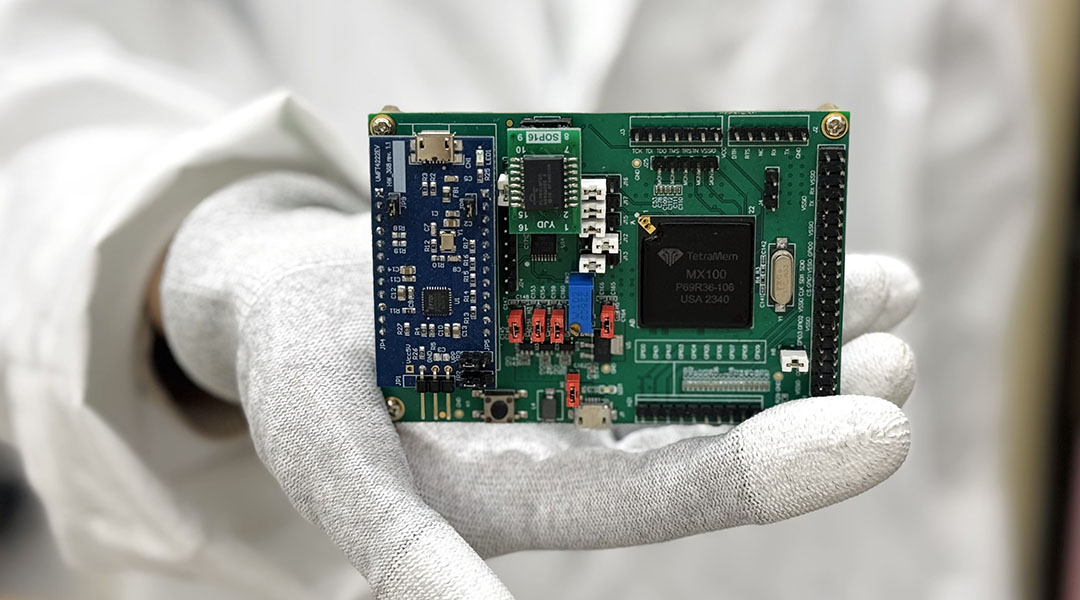
Heart attack and liver cancer early warning system powered by AI and nanotech
The system detects biomarkers for life-threatening diseases, such as heart attacks and cancer, enabling timely medical intervention.
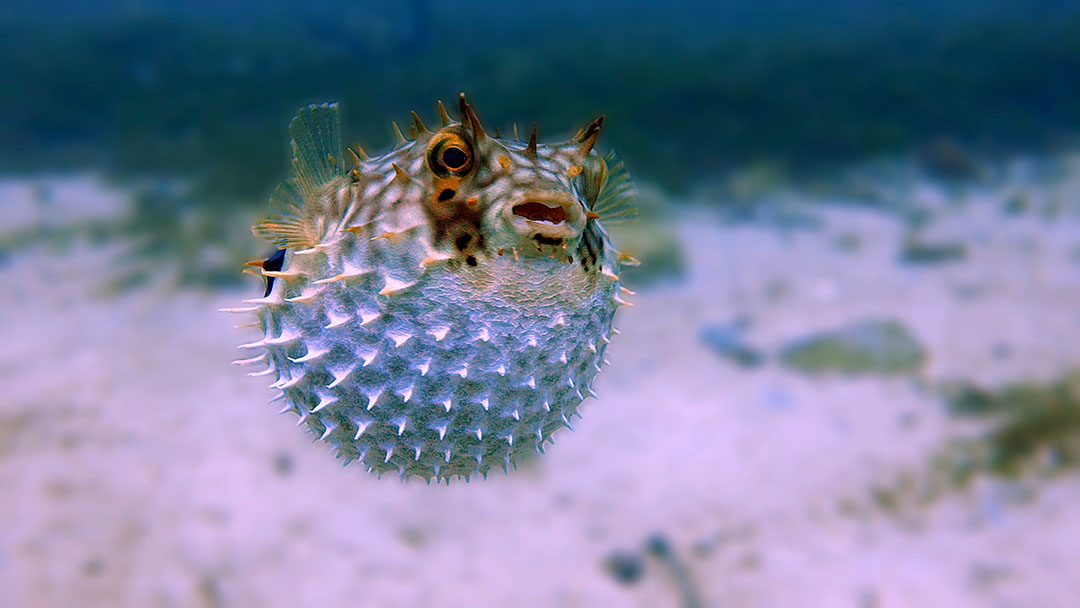
A marker pen loaded with pufferfish toxin could help treat chronic pain
Scientists have developed a marker pen to deliver tetrodotoxin, a powerful neurotoxin found in pufferfish, to treat severe skin pain.
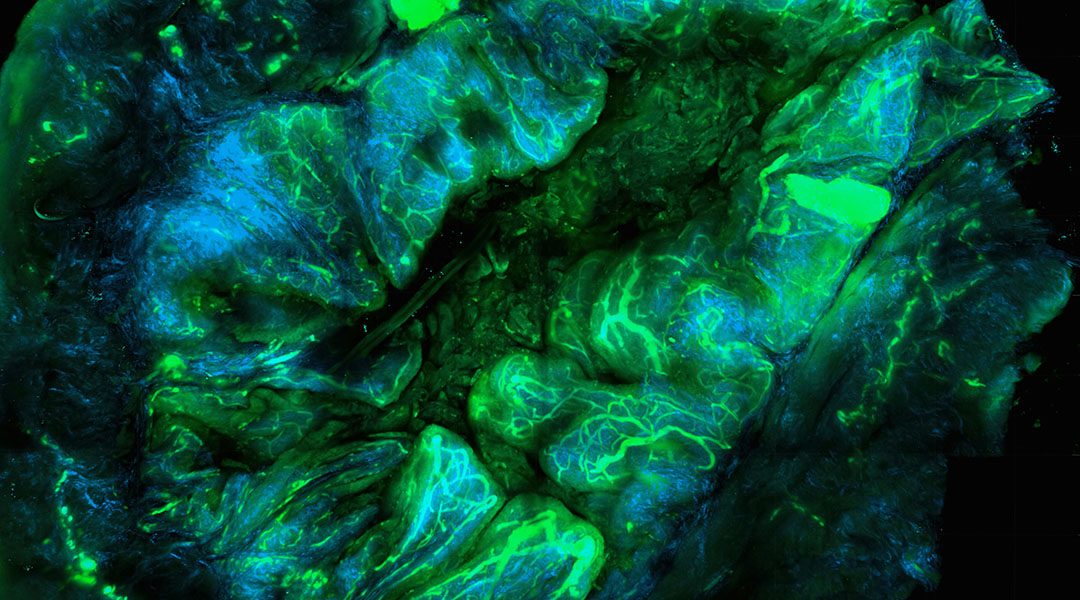
Light-activated therapy and antibiotics join forces to improve in situ cancer vaccines
Scientists integrate light therapy and antibiotics into a single platform to help the body create its own tumor vaccine.

Plant-based hydrogel harvests water from air, addressing global water scarcity
A new hydrogel extracts water from the air, offering a sustainable alternative to bottled water and addressing global water shortages.
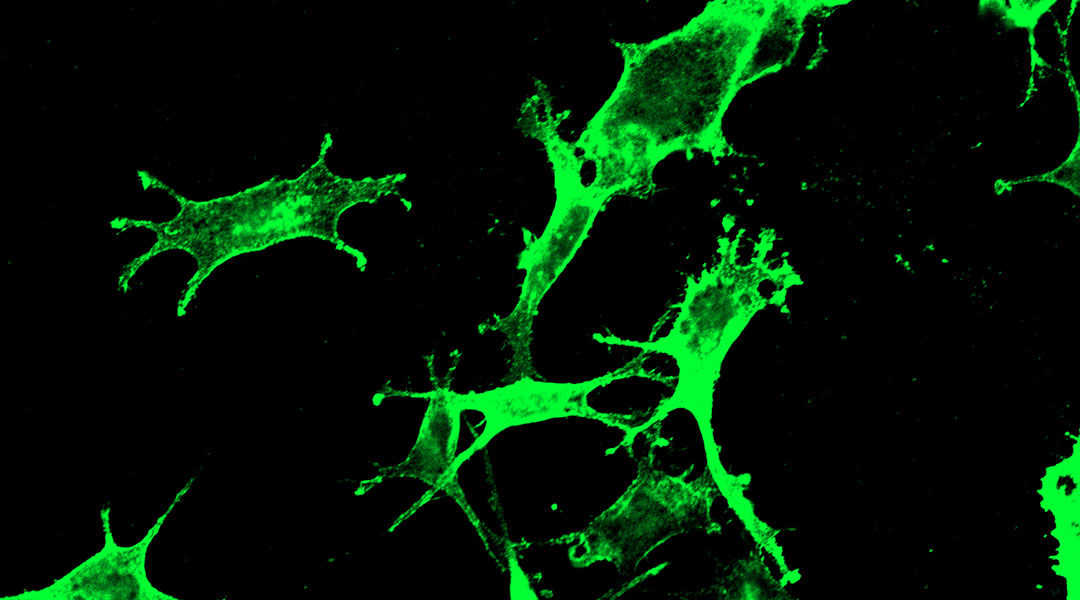
New cancer vaccine uses SARS-CoV-2 marker to harness immunity against tumors
SARS-CoV-2 marker used to trigger the immune system against cancer, showing promise in shrinking tumors and improving survival in mice.

Plant-based hydrogel harvests water from air, addressing global water scarcity
A new hydrogel extracts water from the air, offering a sustainable alternative to bottled water and addressing global water shortages.

New cancer vaccine uses SARS-CoV-2 marker to harness immunity against tumors
SARS-CoV-2 marker used to trigger the immune system against cancer, showing promise in shrinking tumors and improving survival in mice.
ASN Weekly
Sign up for our weekly newsletter and receive the latest science news directly to your inbox.
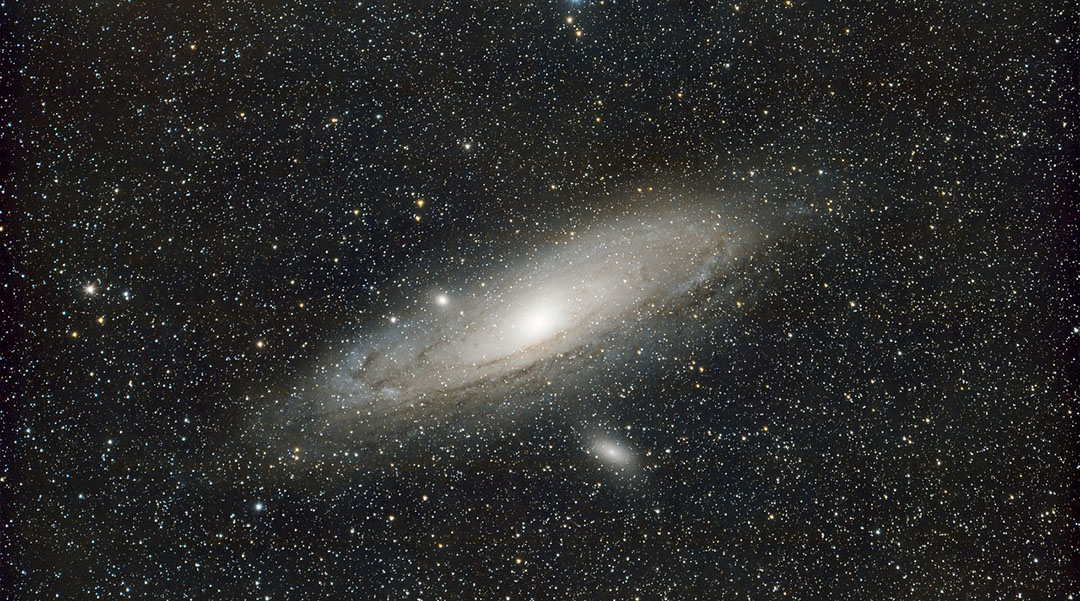
Gas filaments could help explain how supermassive black holes get so big
New observations suggest elongated gas filaments that stretch into space may be feeding supermassive black holes.
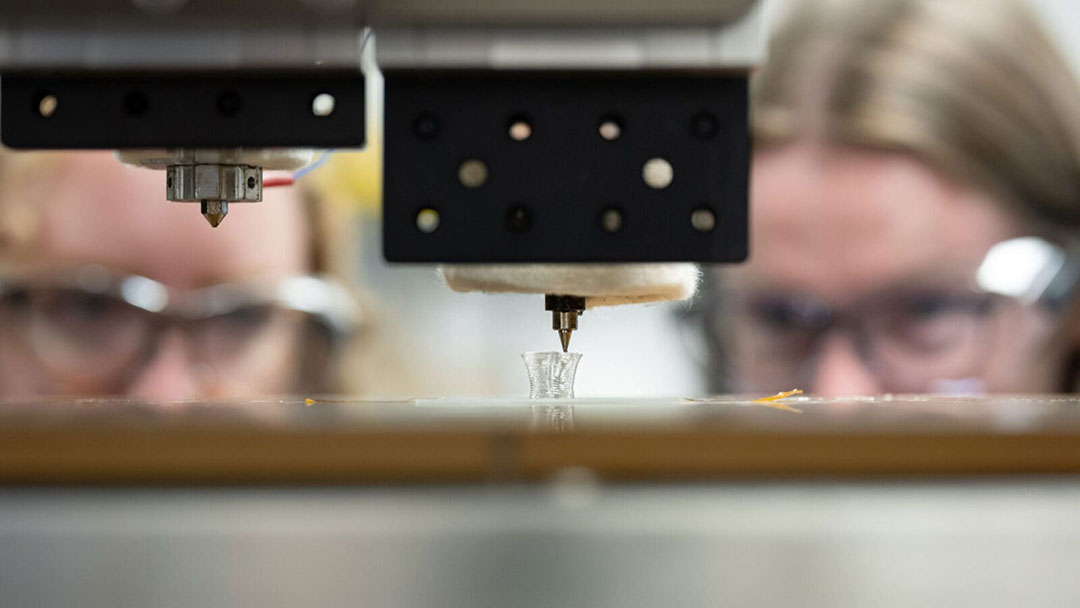
Recyclable 3D-printed plastics that heal, flex, and adapt
A 3D printing technique creates recyclable plastics with adjustable flexibility and strength for soft robots and medical devices.
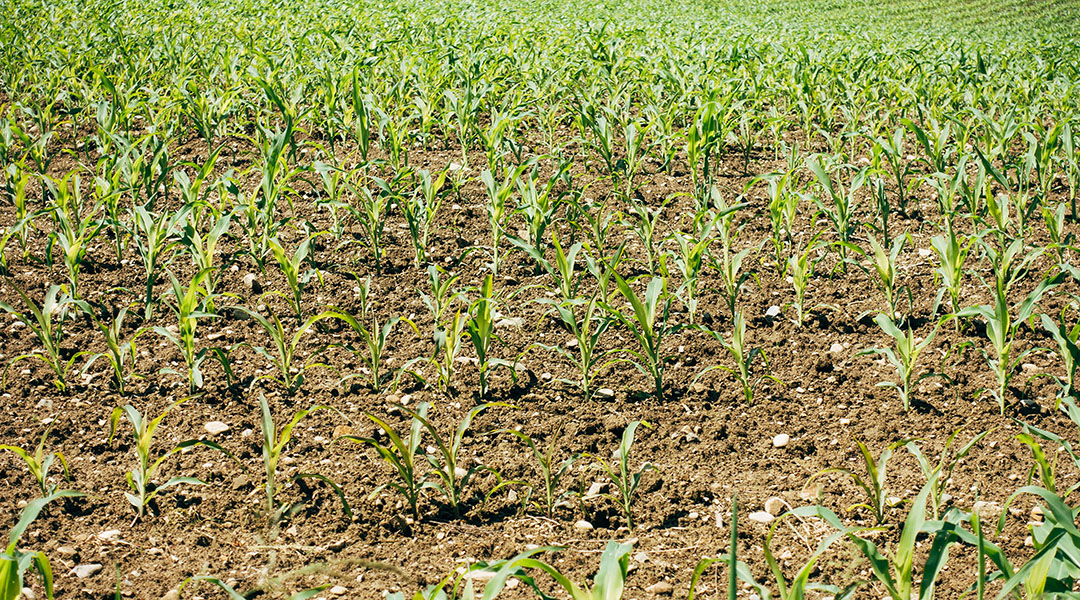
Producing ammonia underground could slash fertilizer emissions
Ammonia fertilizer could be produced underground, using Earth’s natural heat to significantly reduce the industry’s carbon footprint.
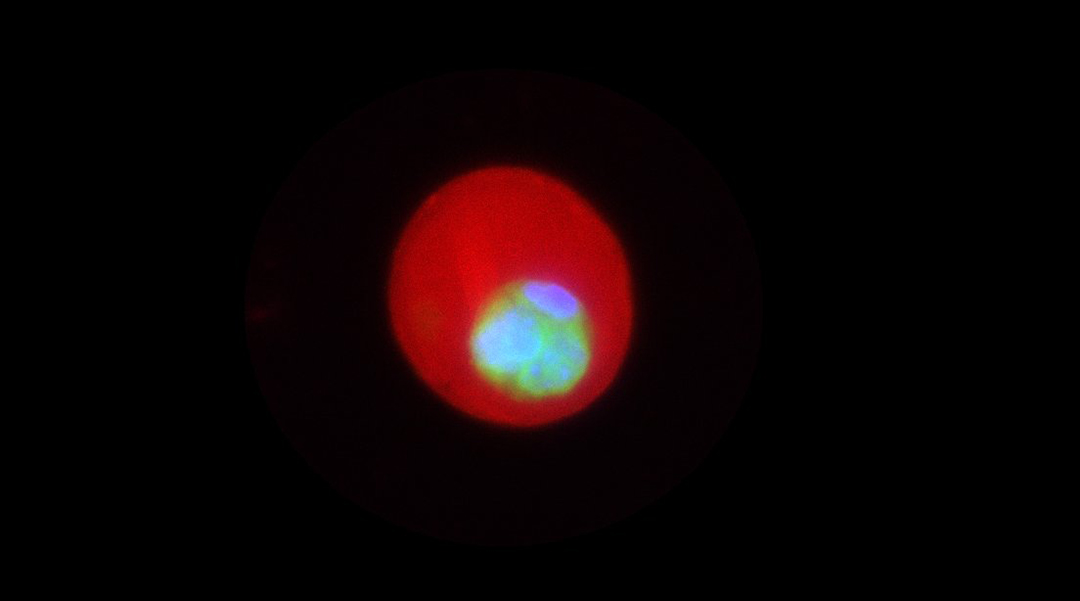
3D microgel device puts stem cells under pressure
A new 3D cell culture allows researchers to study how mechanical pressure influences stem cells for regenerative medicine and cell therapy.

Unwanted vibrations strengthen quantum dots for secure communication
Once disruptive, phonons now improve quantum dots’ behavior, making them more reliable for quantum communication and cryptography.

A new method to track skyrmions, tiny magnetic whirls formed by atomic magnetism
Harnessing skyrmions’ random motion and low energy requirements, this discovery could lead to more efficient and powerful computing technologies.
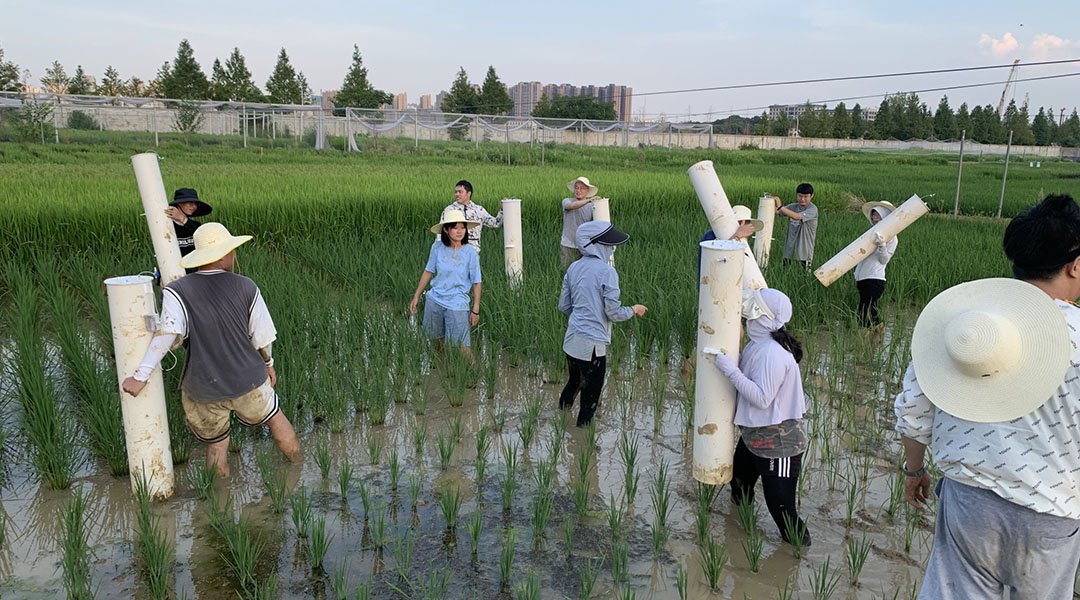
High yield, eco-friendly rice reduces methane emissions by 70%
A new rice variety that combines high yield with low methane emissions could help farmers tackle climate change.

Mouse study reveals multi-generational benefits of exercising during pregnancy
Maternal exercise during pregnancy enables multiple generations of mice to inherit enhanced fitness, with vitamin C playing a key role.
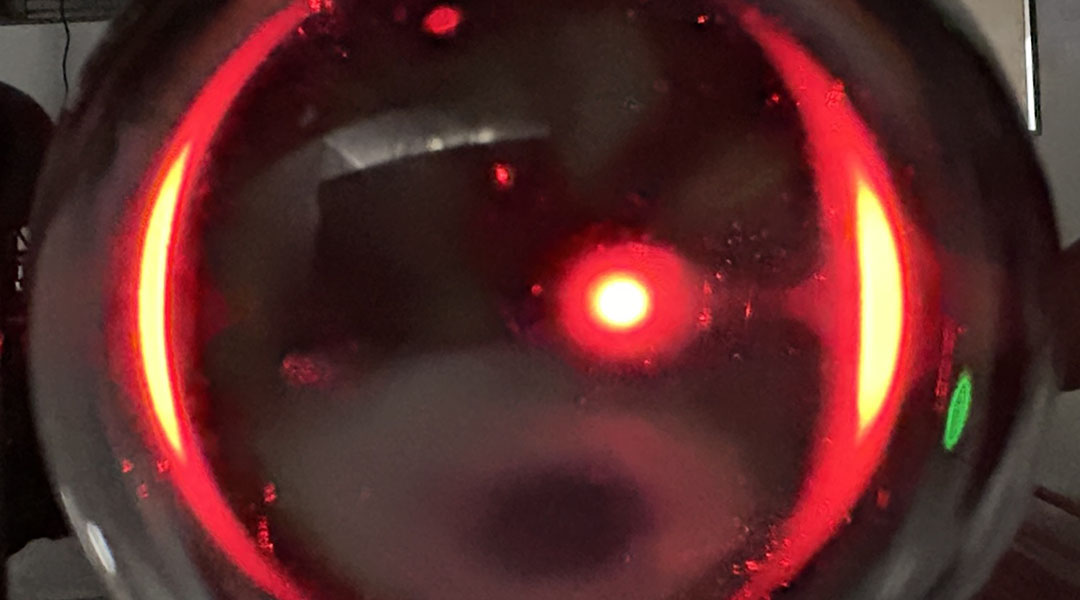
Researchers replicate gravitational lensing in the lab
Lenses help researchers mimic the way massive cosmic objects bend light—bringing the elusive effects of gravitational lensing to Earth.
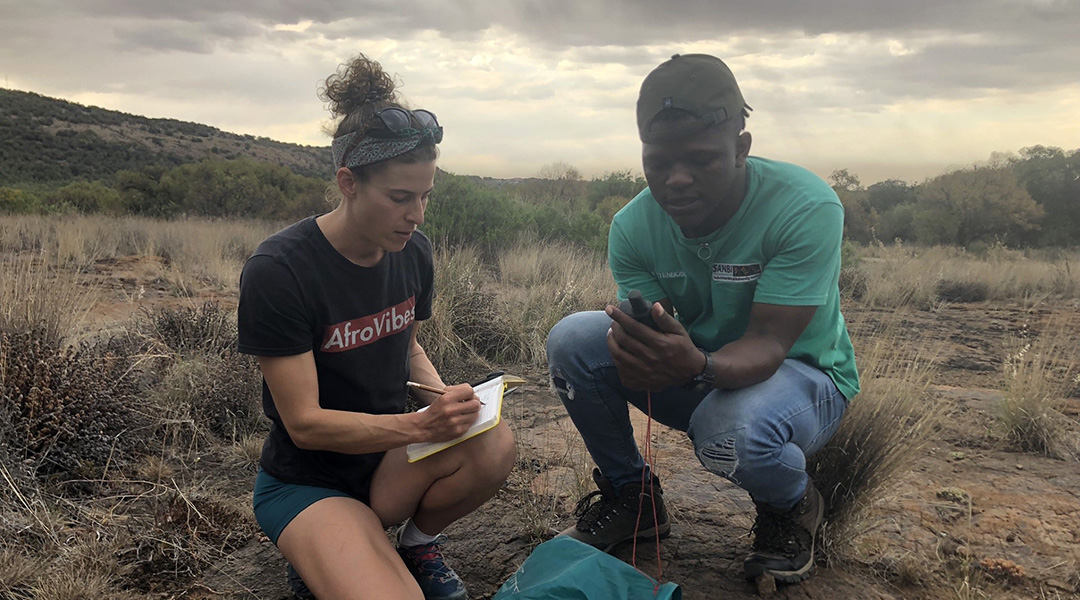
Rose Marks, a botanist studying resurrection plants
Rose Marks uses her climbing skills in remote regions of South Africa to study how water-deprived plants might help develop drought-tolerant crops.
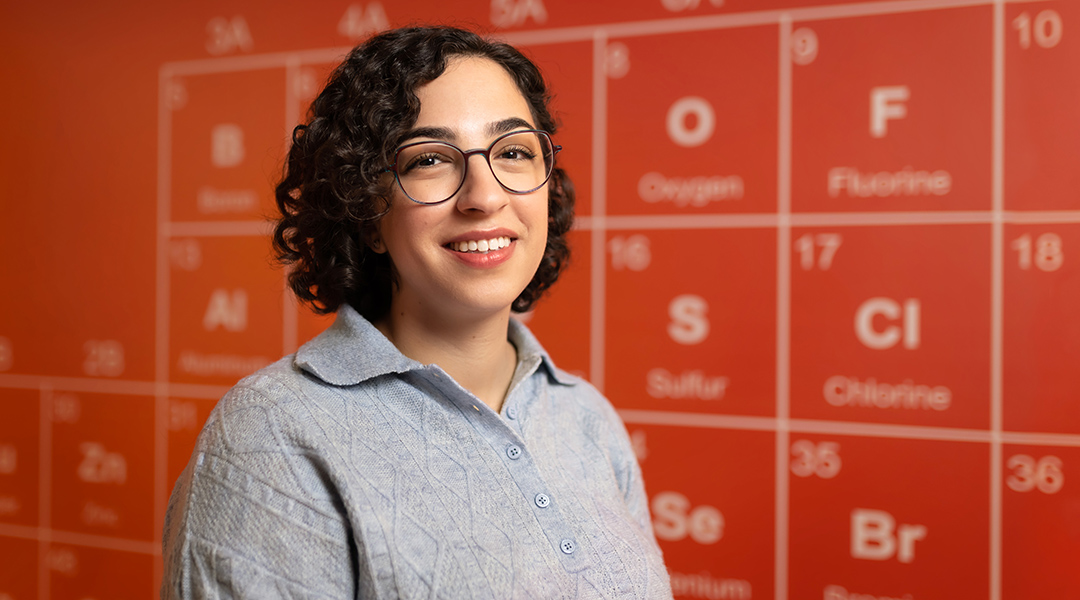
Shira Joudan, tackling PFAS and environmental contaminants with chemistry
Chemist Shira Joudan discusses environmental contaminants, setting up at a new university, and building a supportive community.
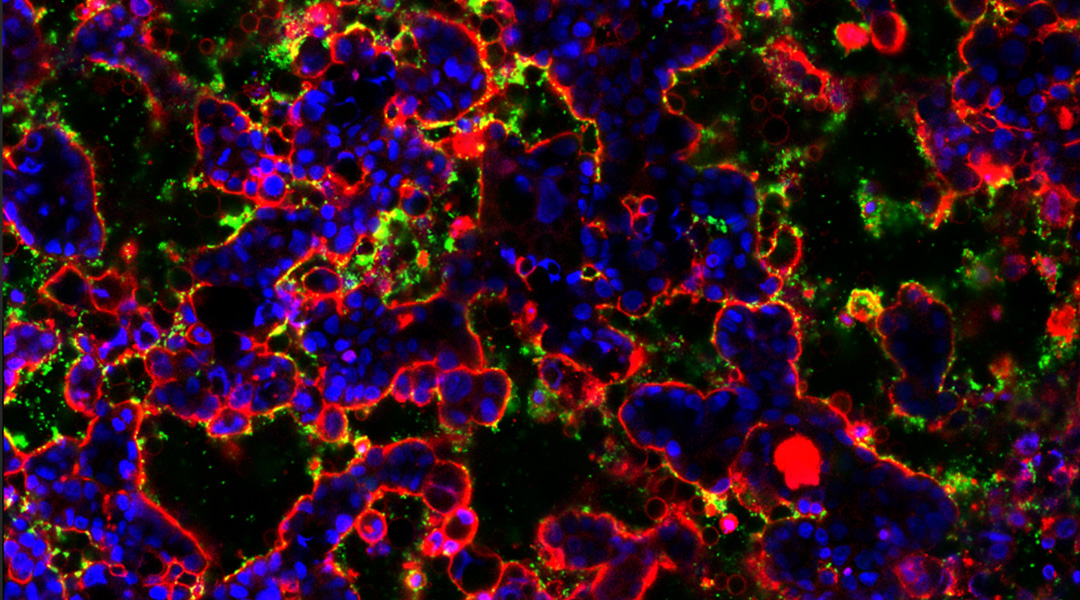
How a gut-on-a-chip is getting to the bottom of our gut’s microbiome
This artificial gut will allow scientists to gain deeper insights into the biome that exists there and how dysregulation can lead to disease.
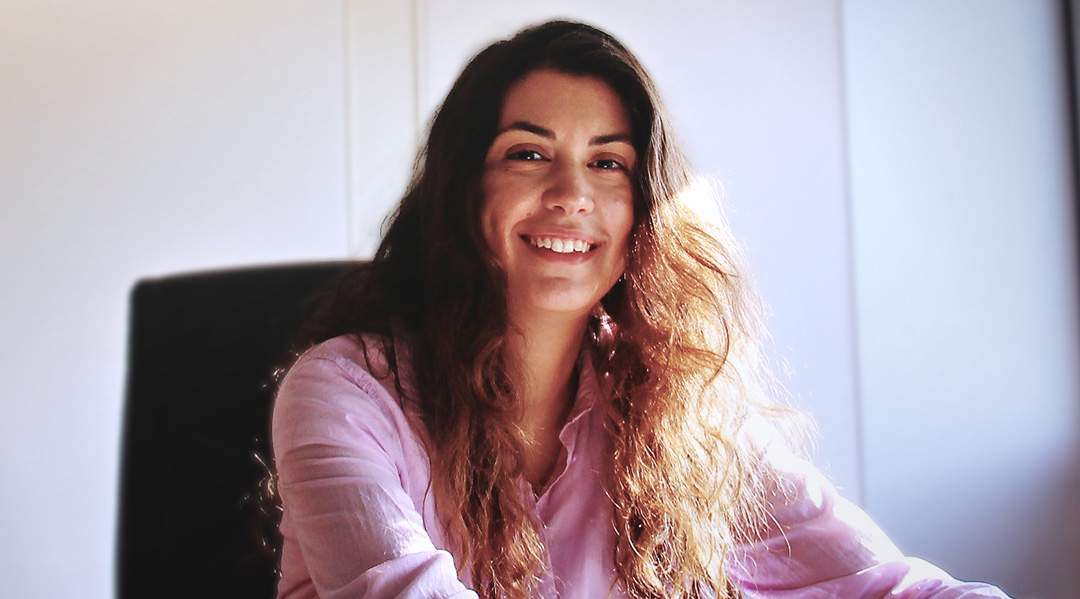
Athina Anastasaki: New ways to recycle old polymers
Polymer chemist Athina Anastasaki talks about establishing her career, inroads into polymer recycling, and resilience in academia.

Athina Anastasaki: New ways to recycle old polymers
Polymer chemist Athina Anastasaki talks about establishing her career, inroads into polymer recycling, and resilience in academia.
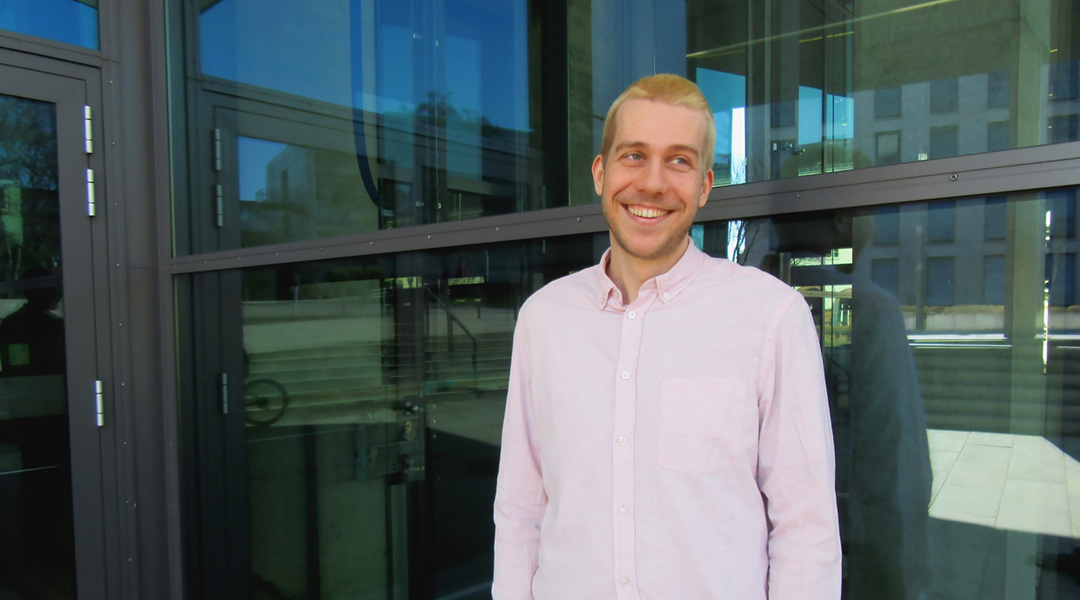
How research into existential risk will help safeguard humanity
Florian Jehn combines pragmatism with optimism when considering potential threats to human civilization.

A marker pen loaded with pufferfish toxin could help treat chronic pain
Scientists have developed a marker pen to deliver tetrodotoxin, a powerful neurotoxin found in pufferfish, to treat severe skin pain.

Light-activated therapy and antibiotics join forces to improve in situ cancer vaccines
Scientists integrate light therapy and antibiotics into a single platform to help the body create its own tumor vaccine.

New cancer vaccine uses SARS-CoV-2 marker to harness immunity against tumors
SARS-CoV-2 marker used to trigger the immune system against cancer, showing promise in shrinking tumors and improving survival in mice.
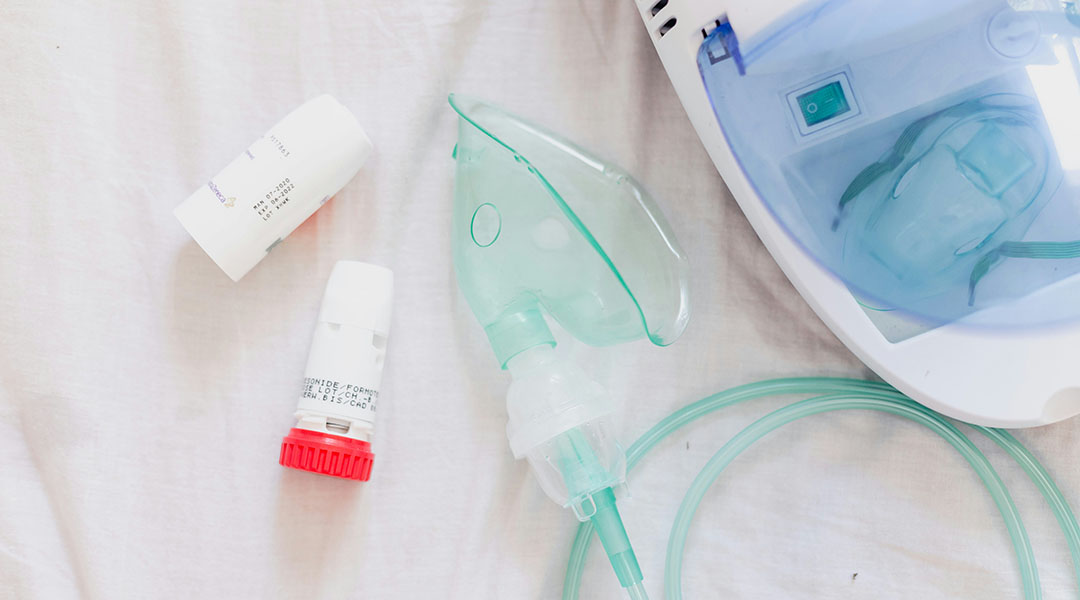
An mRNA vaccine for asthma shows promise in mice
Based on the same mRNA vaccine against COVID-19, a new prototype has shown potential to treat asthma, a condition with no known cure.

A new method to track skyrmions, tiny magnetic whirls formed by atomic magnetism
Harnessing skyrmions’ random motion and low energy requirements, this discovery could lead to more efficient and powerful computing technologies.
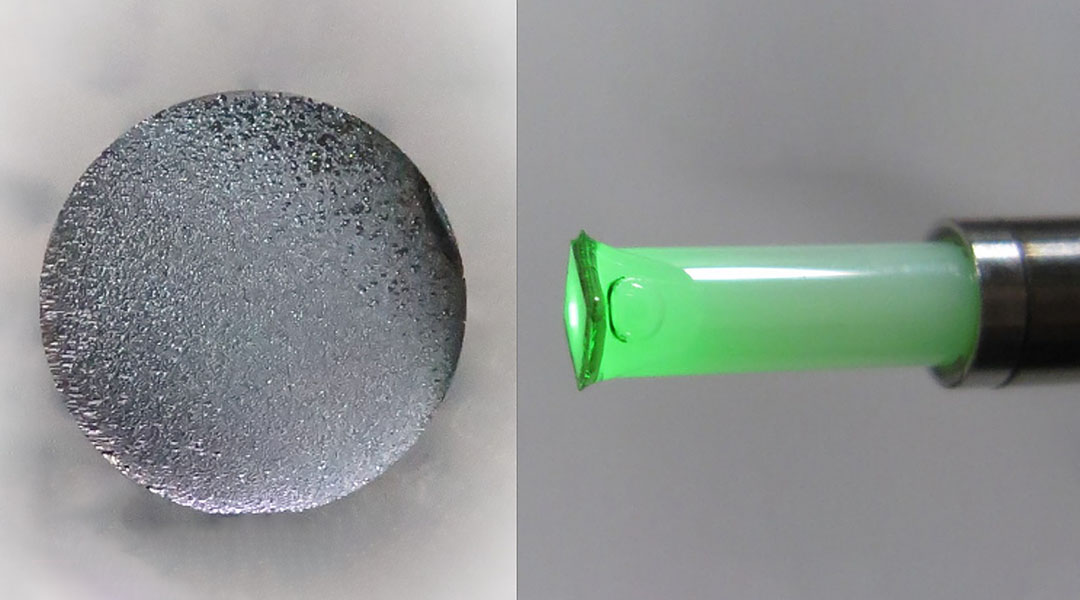
Low-cost quantum sensors could enhance EV battery monitoring
These low-cost quantum sensors detect tiny magnetic field changes and could help identify early battery issues in electric vehicles.

Recyclable 3D-printed plastics that heal, flex, and adapt
A 3D printing technique creates recyclable plastics with adjustable flexibility and strength for soft robots and medical devices.

Unwanted vibrations strengthen quantum dots for secure communication
Once disruptive, phonons now improve quantum dots’ behavior, making them more reliable for quantum communication and cryptography.

High yield, eco-friendly rice reduces methane emissions by 70%
A new rice variety that combines high yield with low methane emissions could help farmers tackle climate change.

Producing ammonia underground could slash fertilizer emissions
Ammonia fertilizer could be produced underground, using Earth’s natural heat to significantly reduce the industry’s carbon footprint.
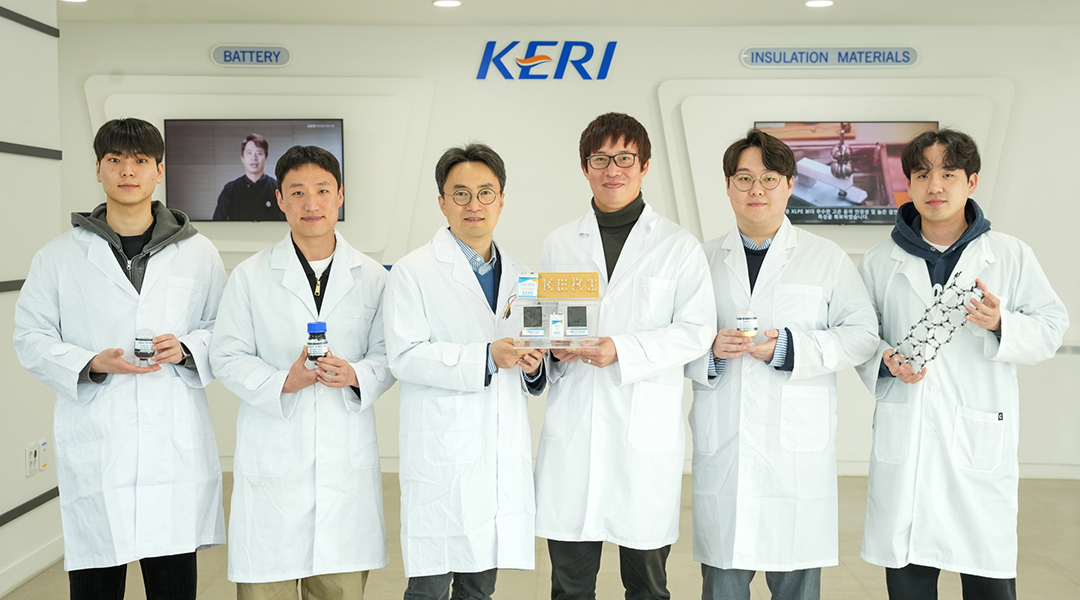
New lithium-sulfur battery design boosts lifespan and flexibility
A new battery design could overcome obstacles to making batteries with more energy storage capacity and a lower environmental footprint.
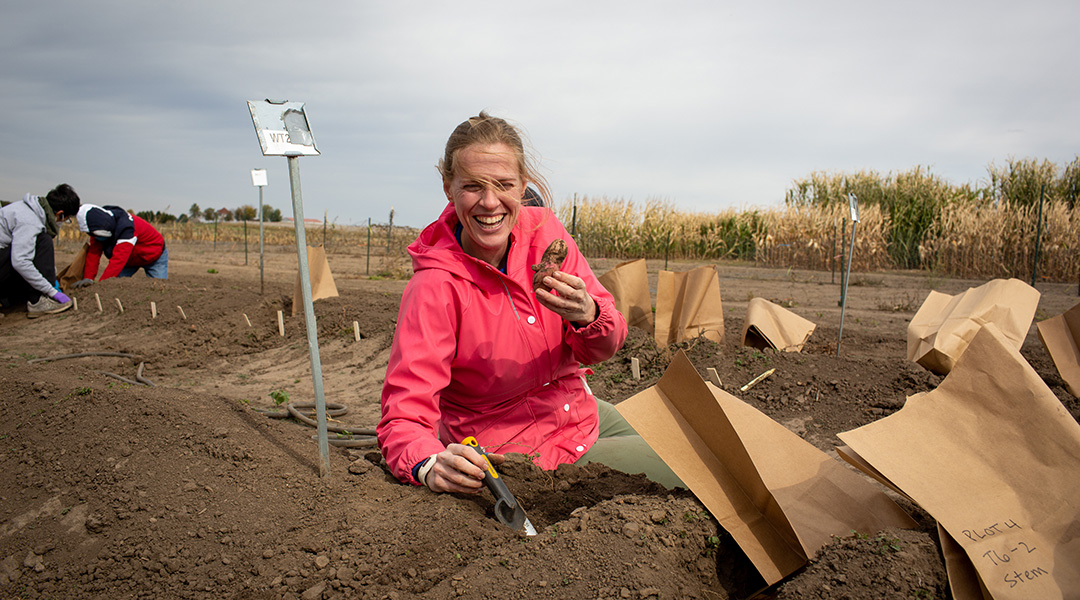
Future-proofing potato crops to resist heat waves
Crops that can withstand rising temperatures could increase global food security amidst the rising threat of climate change.

Researchers replicate gravitational lensing in the lab
Lenses help researchers mimic the way massive cosmic objects bend light—bringing the elusive effects of gravitational lensing to Earth.

Gas filaments could help explain how supermassive black holes get so big
New observations suggest elongated gas filaments that stretch into space may be feeding supermassive black holes.

Scientists observe predator-prey dynamics in a quantum system
Scientists find predator-prey-like interactions in spinning particles, challenging physics and opening doors for quantum tech.
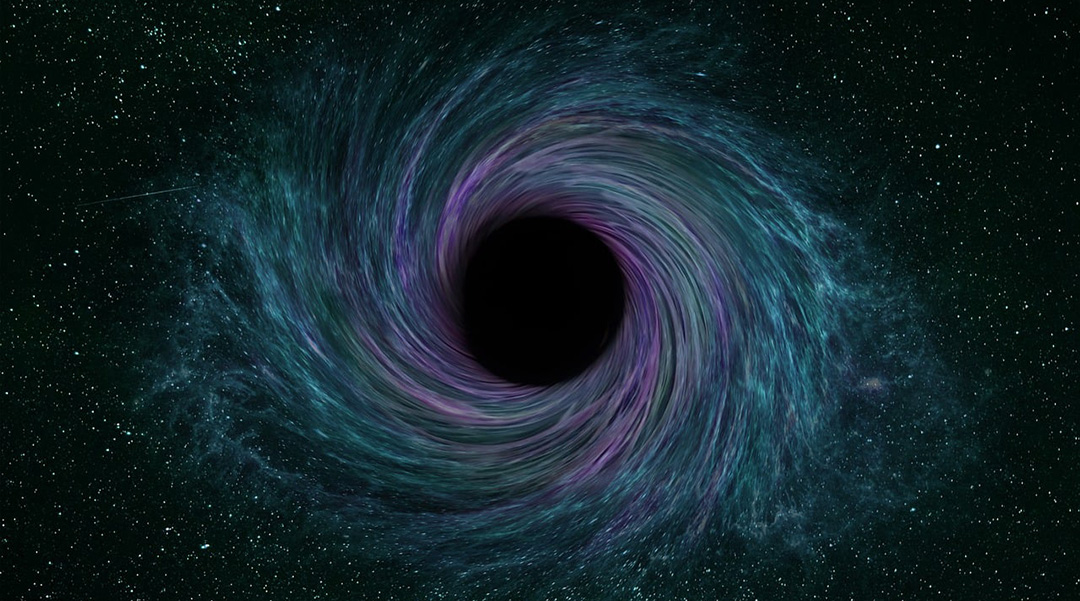
A theory of frozen stars challenges our understanding of black holes
Linking string theory with observations, frozen stars shed new light on black holes and the clash between quantum mechanics and relativity.





